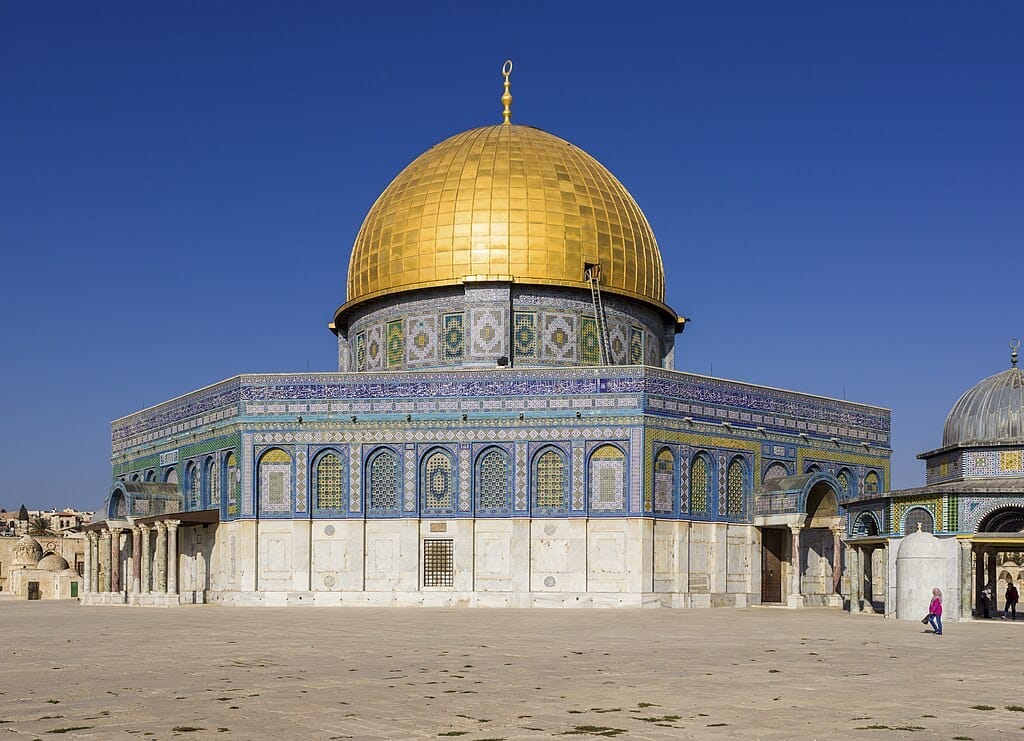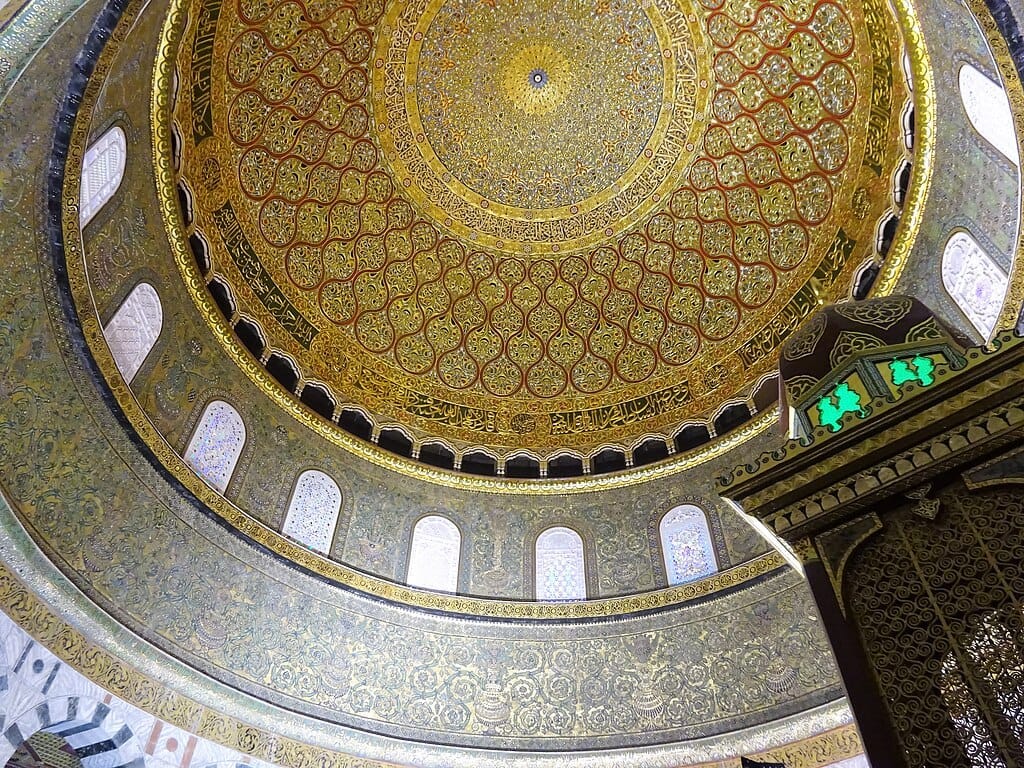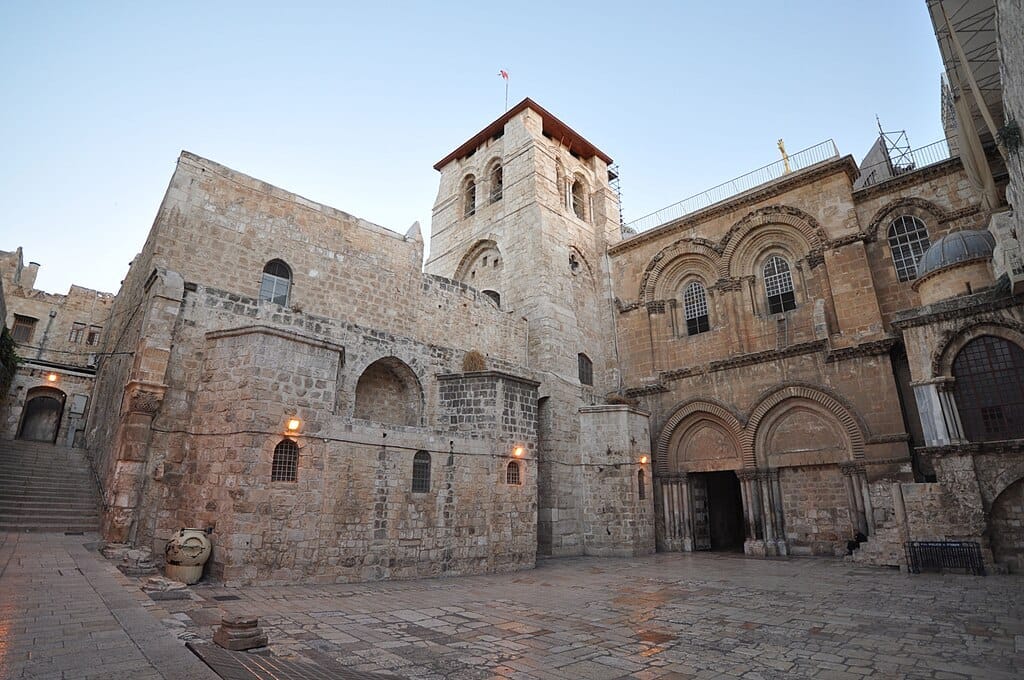Unveiling the Mystery and Power of the Ark of the Covenant
The Ark of the Covenant, a golden vessel said to house the very presence of God, holds the power to part rivers, crumble cities, and shape the destiny of nations—its' true fate remains one of history's greatest mysteries.
Unveiling the Mystery and Power of the Ark of the Covenant
The Ark of the Covenant is one of the most compelling, mysterious artifacts in history. It was said to be a vessel that carried not just sacred objects, but the very presence of God Himself. This divine object, crafted under Moses' command, would go on to guide the Israelites through some of their most defining moments. But how did it rise to such prominence, and what made it so pivotal in Israel's journey from slavery in Egypt to freedom in the Promised Land?
It all begins in Exodus 25, where God instructs Moses to build a special box, an Ark, that would hold the tablets of the Ten Commandments. The design was intricate—acacia wood covered in gold, with two cherubim at either end of the cover, their wings outstretched over the mercy seat. This wasn’t just any box. It was meant to be a physical manifestation of God’s presence among His people. From this moment, the Ark was more than an object; it became the symbol of God’s covenant with Israel.
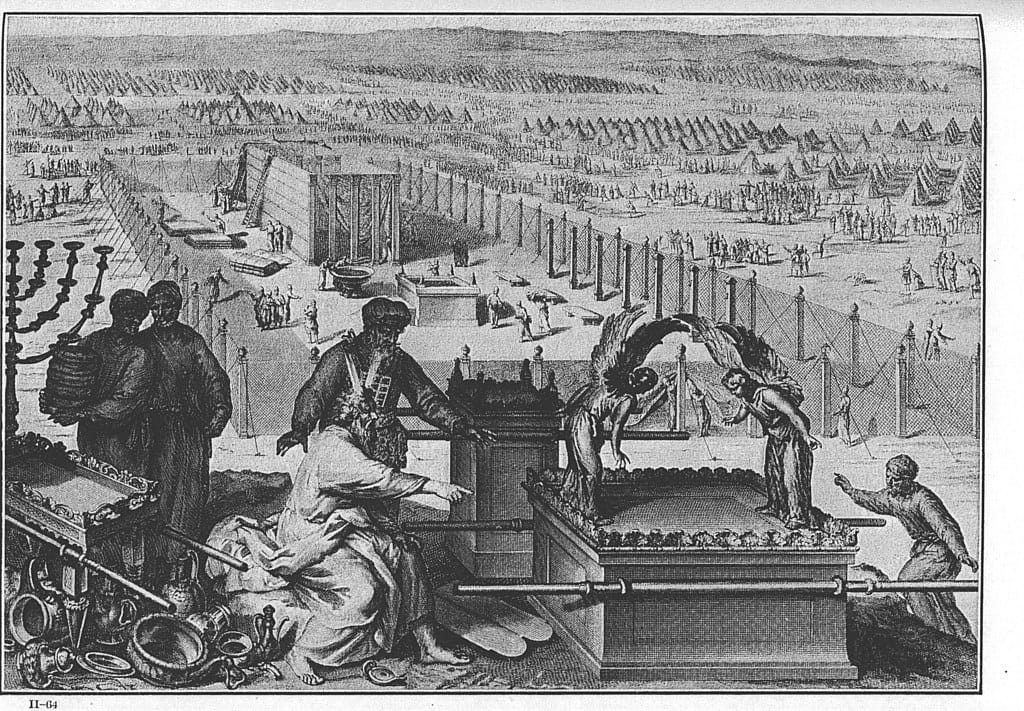
However, in the earlier stages of Israel’s journey, the Ark wasn’t the central symbol of God’s leadership. For the Israelites wandering the wilderness, their primary symbols of guidance were the pillar of cloud by day and the pillar of fire by night. These phenomena, along with the rod of Moses, were seen as direct manifestations of God's will. The rod, which Moses used to part the Red Sea and perform other miracles, became a powerful sign of God’s authority.
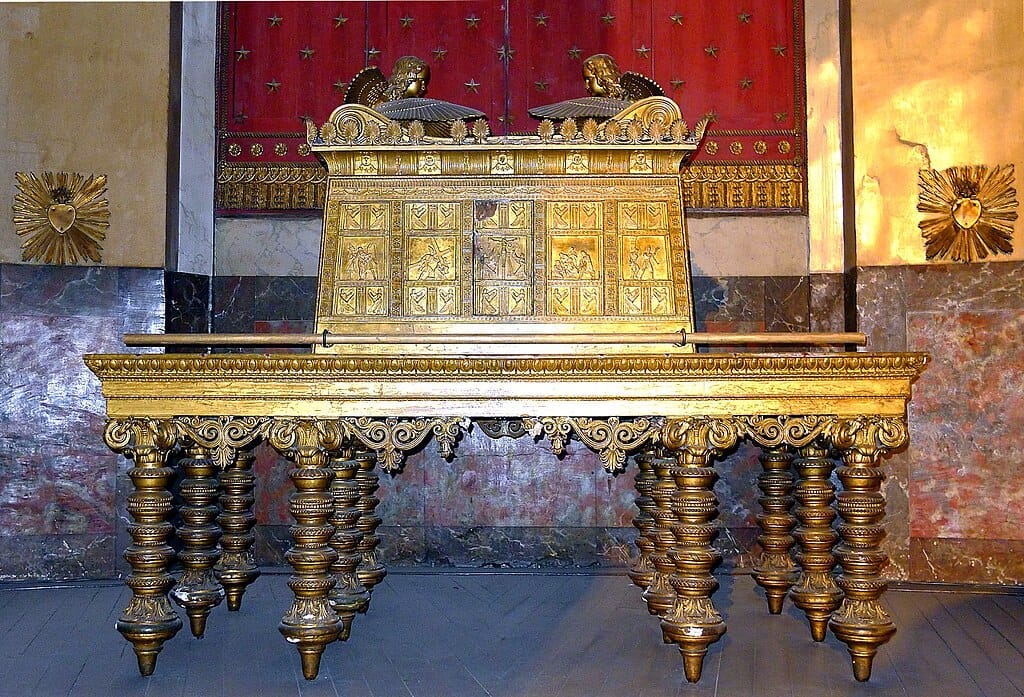
In these early stories, the Ark played a secondary role. The Israelites’ faith was less about the Ark and more about their direct interaction with God through the cloud, the fire, and the rod. However, by the time the Israelites reached the edge of the Promised Land, the Ark was poised to take on a new, more powerful role. It was in Joshua 3, at the Jordan River, that the Ark became the central force in their entry into the land of Canaan.
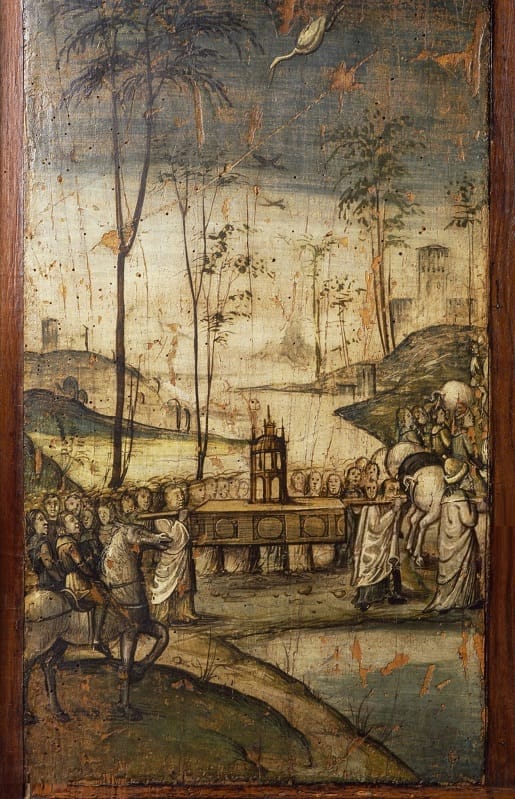
The crossing of the Jordan wasn’t a simple military operation. It was a divine event, and the Ark was at the forefront. As the priests carrying the Ark stepped into the river, a miracle occurred. The waters of the Jordan River stopped flowing, allowing the Israelites to cross on dry ground, just as they had done at the Red Sea. This wasn’t just an act of nature; it was an act of God. The Ark symbolized His power and His presence, guiding the people into the Promised Land.

The Ark’s presence at the Jordan Crossing was more than just a miraculous event—it was a ritual. In Joshua 3:9-10, Joshua tells the Israelites, "By this you shall know that the living God is among you," signaling that the crossing wasn’t just about geography, but about God’s active involvement in His people’s journey. The priests carrying the Ark weren’t just moving the object; they were acting as agents of divine will, leading the people into a new era.
But it doesn’t stop there. The Ark’s role in the conquest of Canaan grows even more dramatic. In Joshua 6, the Ark is central to the fall of Jericho. Imagine the scene: the Ark, carried by priests, circles the city of Jericho for seven days. On the seventh day, the Israelites circle the city seven times. At the sound of the rams’ horns and the people's mighty shout, the city walls crumble. This wasn’t military strategy; it was divine intervention. The Ark, at the center of the procession, represented the active power of God that brought down Jericho’s walls, not through force but through ritual obedience.
In this event, the Ark wasn’t just a religious object; it was the key to victory. It embodied the promise that God would fight for Israel. The act of marching around the city, carrying the Ark, wasn’t just a battle tactic; it was a statement of faith that God was with them. This ritualized act turned the Ark into more than just a symbol—it became the instrument of divine power. The people didn’t win because they were stronger or smarter; they won because God was with them, and the Ark was the proof of that.
The Ark continued to symbolize God’s power in subsequent battles, but it was also a focal point of Israel’s spiritual life. In Joshua 8:30-35, the Ark is present at a covenant renewal ceremony between God and the Israelites at Mount Ebal and Mount Gerizim. This wasn’t just about military conquest—it was about reaffirming the people’s commitment to God. The Ark, carried by Levites, stood as the witness to the covenant, marking Israel’s faithfulness to the Lord as they entered the Promised Land.

In Joshua 4, the Ark again plays a key role, this time in a memorial act. After the Israelites cross the Jordan, Joshua commands that twelve stones be taken from the river and set up as a monument to commemorate the crossing. The stones serve as a reminder for future generations that God was with Israel, leading them into the land. This act ties the Ark directly to Israel’s identity as a people chosen by God, a people whose journey into the Promised Land was marked by divine presence and intervention.

The Ark’s influence didn’t fade with Joshua. It became a symbol of Israel’s leadership and divine favor even in the subsequent periods. It was carried into battle, placed in temples, and as seen in 1 Samuel 3-6, even captured and returned by the Philistines, further cementing its central role in Israel’s history. The Ark, in its many appearances and disappearances, was a physical representation of God’s covenant and His continual involvement in the fate of Israel.
But the Ark's mystery doesn’t end with Joshua. Its disappearance and the uncertainty of its whereabouts only add to the intrigue. Some believe it was hidden away by priests during the Babylonian conquest to protect it, while others claim it was lost during the sacking of Jerusalem. This mystery has inspired countless theories and legends about its final resting place—whether it lies buried beneath the Temple Mount in Jerusalem or hidden in Ethiopia.

Despite its disappearance, the Ark’s legacy remains. It was a symbol of divine authority and the tangible presence of God with His people. Its story didn’t just end with the conquest of Jericho or the reign of Joshua; it continued to shape Israel’s identity and theology for generations to come. Even in its absence, the Ark continues to captivate the imagination, reminding us of a time when the divine walked among His people, leading them to victory and fulfillment of His promises.
The Ark’s story is far more than just a tale of an ancient artifact. It’s a journey of faith, a symbol of divine intervention, and a reminder of God’s enduring presence. Whether it’s in the ritual acts of the Israelites or the legends that surround its fate, the Ark remains a powerful symbol of the covenant between God and His people, a connection that transcends time and continues to echo through history. And as we search for answers about its fate, one thing is certain: the story of the Ark is not over yet.
“Our prime purpose in this life is to help others. And if you can’t help them, at least don’t hurt them.”
Dalai Lama
Art - Moses by Michelangelo
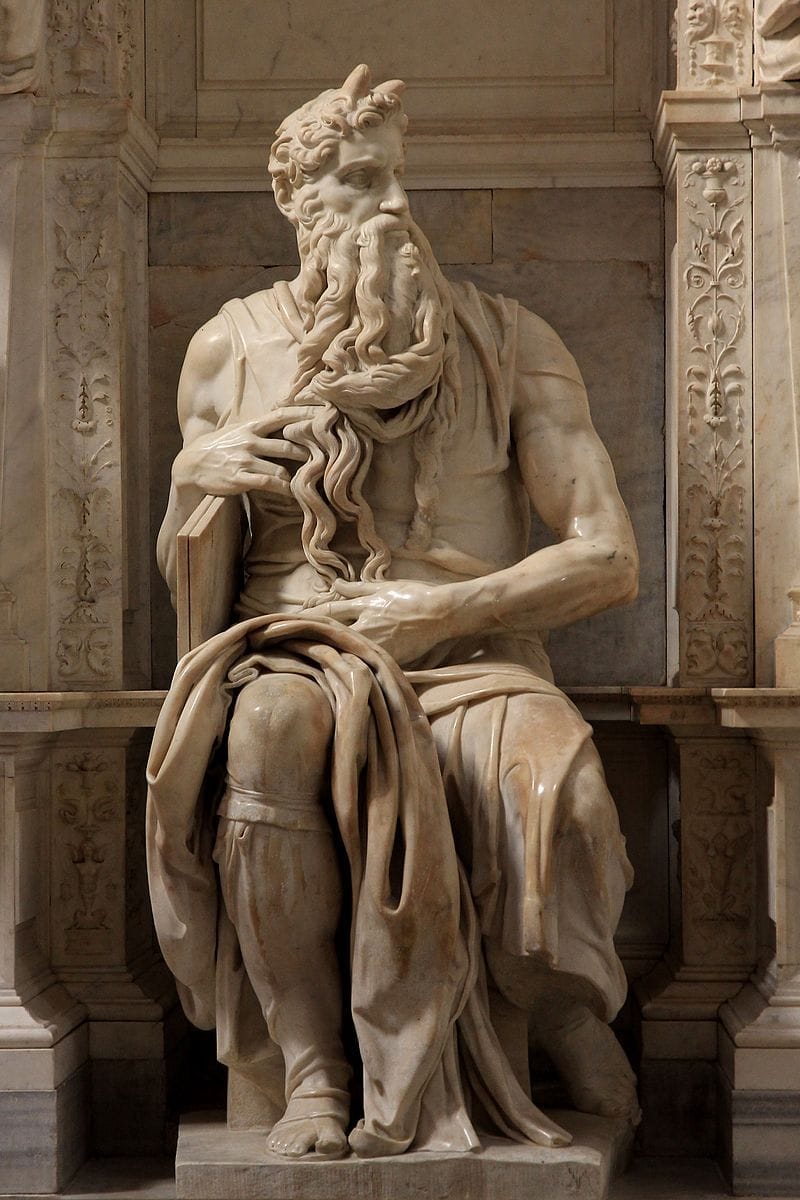
Stained-glass windows are bursts of color that transform sacred spaces into divine spectacles.
As light pours through, these masterpieces tell stories in radiant detail.
Let’s dive into some of the most stunning stained-glass windows. 🧵
Art - Joshua Commanding the Sun to Stand Still Upon Gideon
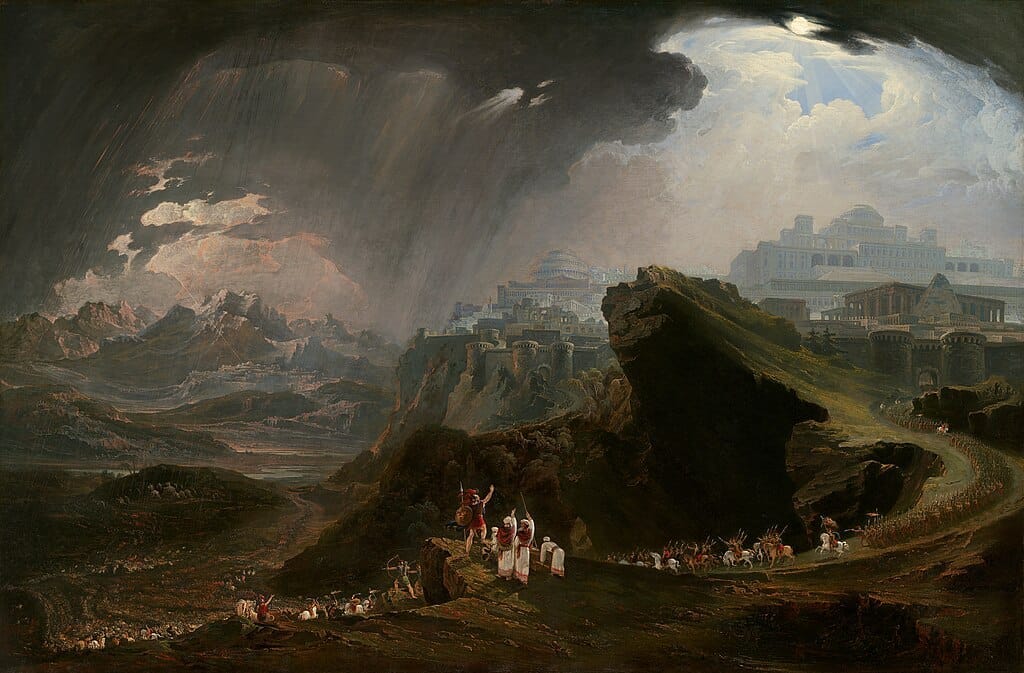
In Joshua Commanding the Sun to Stand Still upon Gibeon by John Martin, Joshua doesn’t just lead his people into battle—he takes control of time itself. As the battle rages, Joshua commands the sun to stop in the sky so his army can finish the fight in the daylight. The painting captures this moment of divine intervention with intense drama, showing the sky lit by a supernatural light, as Joshua stands firm in the midst of chaos. The power of the scene is both awe-inspiring and humbling
Architecture of the Dome of the Rock
The Dome of the Rock in Jerusalem is a masterpiece of Islamic architecture that captures the awe and grandeur of both faith and history. Completed in 691 CE during the Umayyad Caliphate, this octagonal structure is not just a mosque, but a symbol of religious significance and architectural brilliance. Its golden dome, which stands at an impressive height, glistens under the sun and is the focal point of the building. The dome itself, made of wood covered in gold leaf, sits atop an intricately designed structure adorned with vibrant mosaics, marble, and calligraphy that tell stories of the divine. The building is perched over what is believed to be the Foundation Stone, a sacred site in Judaism and Islam, further adding to its spiritual weight. The octagonal shape of the building is symbolic of the divine, offering a sense of cosmic balance, and the space inside is as breathtaking as the exterior, filled with intricate tile work and a serene atmosphere.
The architecture of the Dome of the Rock is a blend of Byzantine, Sassanian, and early Islamic styles, which reflects the diverse cultural influences of the time. Its structure is designed with symmetry and precision, creating an almost ethereal feeling when viewed from various angles. The dome rests upon a circular base with colonnades that surround the rock, and these columns enhance the sense of verticality and grandeur.
The mosaics inside feature depictions of plants, geometric patterns, and inscriptions from the Quran, highlighting the connection between earthly beauty and divine revelation. The Dome of the Rock’s placement on the Temple Mount makes it an enduring symbol of Jerusalem’s central role in the religious world, standing as a reminder of the city’s complex and layered history.
Travel - Spotlight on Jerusalem
Traveling to Jerusalem is like stepping into the pages of history itself. From the moment you arrive, you’re walking through a city where every street, every stone, tells a story. Whether it’s the ancient walls of the Old City or the towering Dome of the Rock, there’s something about the blend of ancient and modern that makes Jerusalem feel timeless. The city is a melting pot of cultures and religions, with a deep sense of spirituality that permeates the air. You’ll find yourself captivated by the winding alleyways of the Old City, where the sounds of prayer, the call to worship, and the bustle of market life come together in a beautiful harmony.
One of the highlights of any trip to Jerusalem is exploring the Western Wall. The energy you feel there is palpable, as visitors leave handwritten prayers in the cracks of the wall, seeking connection with the divine. The Church of the Holy Sepulchre, another must-see, is just as powerful. Whether you’re a devout believer or just fascinated by history, the church’s deep religious significance and the sacred sites inside will leave a lasting impression. The feeling of walking in the footsteps of figures who shaped history is unlike any other.
Beyond the religious landmarks, Jerusalem offers a rich cultural experience. The city’s vibrant markets, such as the Mahane Yehuda Market, offer a sensory overload of colors, smells, and sounds. It’s a great place to sample local foods, from fresh falafel to sweet pastries like knafeh. The modern side of the city is equally captivating, with cafes, art galleries, and museums like the Israel Museum, home to the famous Dead Sea Scrolls. Jerusalem is a city that invites you to take your time, explore, and reflect. Whether you’re there for the history, the spirituality, or simply to experience the unique energy of the city, it’s a journey you’ll never forget.

Falafel Pita Sandwich Recipe
A falafel is a deep-fried ball or patty made from ground chickpeas or fava beans, mixed with herbs, spices, and onions, commonly served in pita bread with salad and tahini sauce.
Here's a simple and delicious falafel recipe based on the one from Tori Avey's blog:
Ingredients:
1 1/2 cups dried chickpeas (not canned)
1 onion, roughly chopped
4-5 cloves of garlic, minced
1/2 cup fresh parsley, chopped
1/2 cup fresh cilantro, chopped
1-2 teaspoons ground cumin
1-2 teaspoons ground coriander
1 teaspoon salt (or to taste)
1/2-1 teaspoon pepper (or to taste)
1 teaspoon baking soda
1-2 tablespoons flour (or more if needed to bind)
Vegetable oil for frying
Instructions:
Soak the chickpeas: Place the dried chickpeas in a bowl and cover with cold water. Let them soak for 12-24 hours. They will double in size, so be sure there's plenty of water. Drain and rinse them thoroughly before use.
Prepare the falafel mixture: Add the soaked and drained chickpeas, onion, garlic, parsley, cilantro, cumin, coriander, salt, and pepper to a food processor. Pulse until the mixture is coarse but be careful not to turn it into a paste. You want small bits, not a puree.
Add baking soda and flour: Once the mixture is finely chopped, add the baking soda and 1-2 tablespoons of flour. Pulse again to combine. Check the texture: if the mixture is too loose and doesn’t hold together, add a little more flour. Let it sit in the refrigerator for 1-2 hours to firm up.
Shape the falafel: After chilling, scoop the mixture and form it into small balls or patties about the size of a golf ball. You can use wet hands to shape them to avoid sticking.
Fry the falafel: Heat about 3 inches of vegetable oil in a deep pan or fryer to 350°F (175°C). Fry the falafel in batches, being careful not to overcrowd the pan. Cook them for 3-4 minutes or until golden brown and crispy on all sides. Remove from oil and drain on paper towels.
Serve: Serve your freshly made falafel with pita bread, hummus, tahini sauce, and your favorite toppings like tomatoes, cucumbers, and pickled vegetables. Enjoy!
This recipe will yield about 12-15 falafel balls, depending on the size. It's perfect for a delicious homemade meal!
Costumes from Israel
A Tallit is a Jewish prayer shawl worn during daily prayers and religious ceremonies, symbolizing the commandments and the presence of God. The shawl is traditionally made of wool or silk and features tzitzit (fringes) on each corner, as commanded in the Torah. Worn by Jewish men, and sometimes women in more progressive communities, the Tallit serves as a reminder of one's faith and spiritual connection during moments of prayer and reflection.
A kippah, also known as a yarmulke, is a small, round cap traditionally worn by Jewish men as a sign of respect and reverence for God. It is typically worn during prayers, religious ceremonies, and other times as an expression of Jewish identity. While the kippah is most commonly associated with Jewish men, some women in more progressive Jewish communities also wear it as part of their religious practice. The practice of wearing a kippah stems from Jewish teachings that emphasize the importance of humility and acknowledging a higher power, reminding the wearer of God's presence over them at all times.
Israeli fashion frequently draws inspiration from Bedouin culture, incorporating their unique textile patterns into modern designs. Flowing dresses with bold geometric motifs are popular, reflecting both cultural diversity and a rich heritage of craftsmanship.







